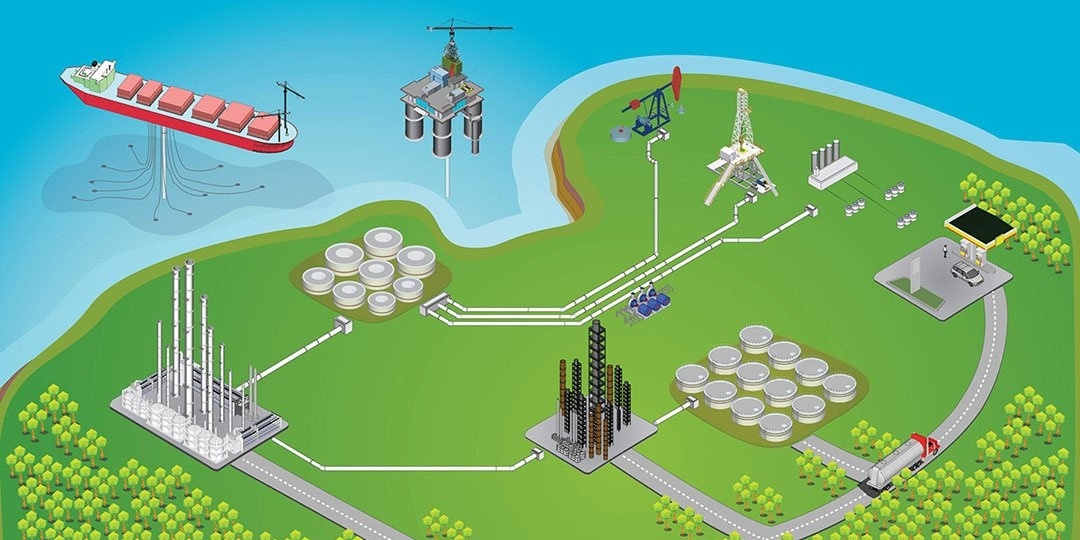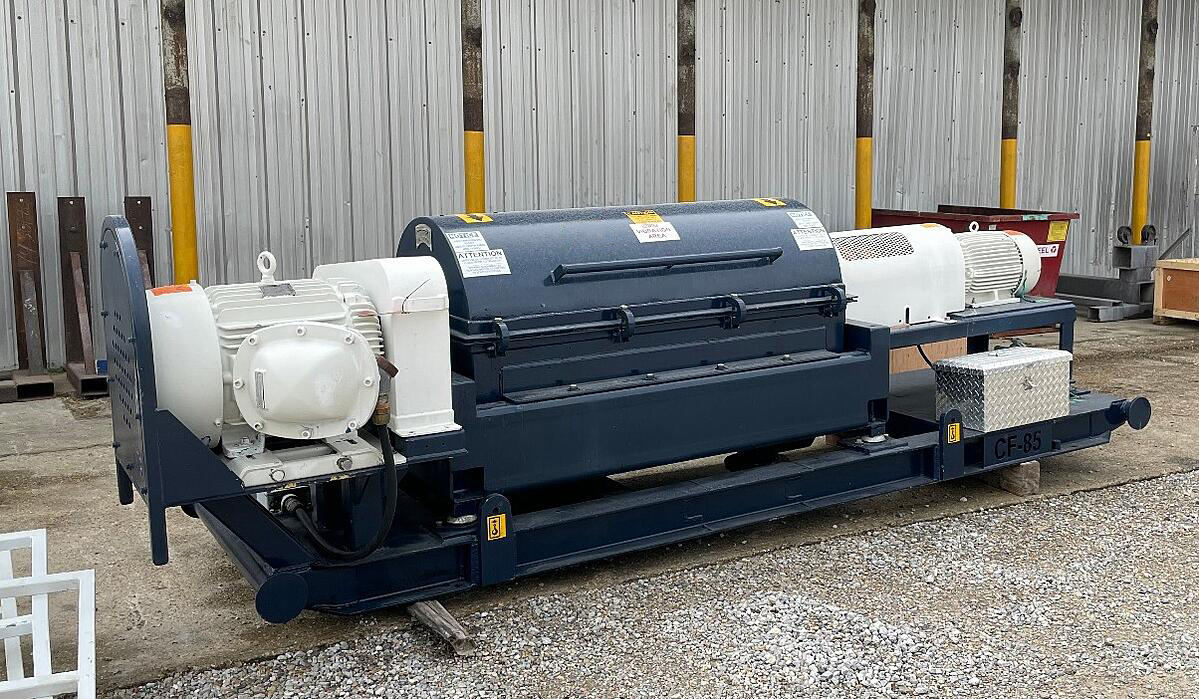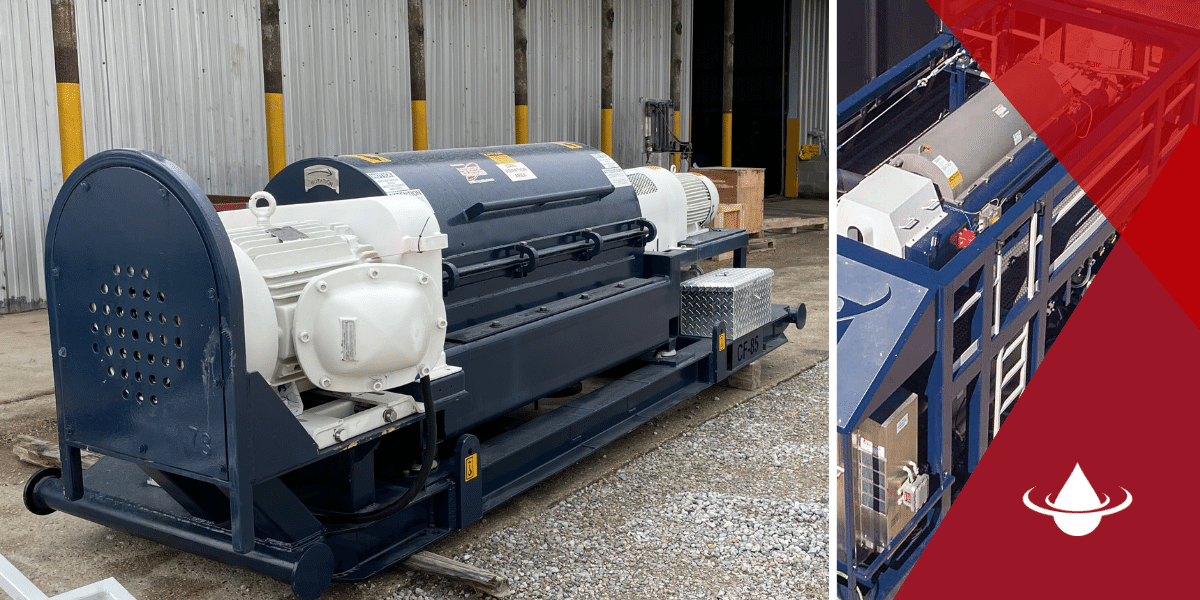Everything You Need To Know About A Decanter Centrifuge
In order to fully understand how a decanter centrifuge operates, we must first define what a centrifuge does. In many industrial jobs, solid material...
2 min read
Admin
Oct 8, 2018 12:00:00 AM

Having trouble understanding the complicated jargon of the oil and gas industry? Using common knowledge of the world around us can help simplify the problem. Upstream, midstream, and downstream are essential terms to know but are often misunderstood. Reading below will clarify the confusion.
Oil and gas are products that Americans use daily and often. Texas alone has become the world's third largest oil producer while the Gulf of Mexico is seeing unprecedented returns.
Unfortunately, most regular citizens have very little knowledge on the processes needed to take these unrefined resources and turn them into workable items. One large factor hindering the understanding of the industry is the unfamiliar jargon.
Three major sectors are the focus of the oil and gas industry. They are upstream, midstream, and downstream.
When talking about oil and gas, the upstream sector begins with the search and discovery of these natural resources.
Once found, an estimation is taken to ensure that the deposit has a sufficient amount of hydrocarbons. If deemed worthy, drilling begins ensuring a consistent production from the wells.
After reaching the surface, impurities such as water, mud, and other solid materials are processed out- oil and gas go through a separation process (via any of the different separation methods). The gas is either produced or flared off. The preliminary processing of crude oil and natural gas concludes the end of the upstream sector.
While subsea developments have been made possible by technologies such as subsea trees, ROVs, risers and umbilicals, subsea processing has been an elusive solution for many years. Whether describing subsea separation, re-injection or boosting, subsea processing has helped to revolutionize offshore developments worldwide.
Subsea processing can encompass a number of different processes to help reduce the cost and complexity of developing an offshore field.
The main types of subsea processing include subsea water removal and re-injection or disposal, single-phase and multi-phase boosting of well fluids, sand and solid separation, gas/liquid separation and boosting, and gas treatment and compression.
Midstream overlaps both the upstream and the downstream sectors and is often left out of the conversation entirely. Regardless, transporting and storing the discovered oil and gas are the main objectives of the midstream process.
However, preliminary refinement at the site often falls under the midstream category as well.
When transportation begins, there are many different methods of transportation that may be used such as trucks, barges, rail, or pipeline.
Once the transportation is complete, the natural resources can be stored until they are ready to be refined and worked into usable goods.
Much larger in scope, oil and gas companies refer to "downstream," in reference to the last of the three major sectors. Downstream is the distribution and marketing of the finished products obtained from the crude oil and natural gas.
The downstream process pushes finished products such as gas, lubricants, waxes, fuel, and kerosene out of storage and into the marketplace.
Rapidly evolving technology such as automation tools and CRM software is helping expedite these products to eagerly waiting consumers.
With the continuing expanse of the oil and gas industry and deep water platforms on the rise, attempting to learn the production processes can be a daunting challenge.
However, the breaking down of the process into three easy sections can simplify the actions crude oil and raw natural gas must take to become products readily available for daily use.
Companies such as Industrial Fluid Management are using innovative ways to ensure that these steps are carried out safely and efficiently from beginning to end.
Original Article by Practical Engineering Solutions
Oil and Gas Production and Process Equipment - In this blog post we will dive into the most important pieces of oil and gas production equipment. We will also talk about how to maintain them properly.

In order to fully understand how a decanter centrifuge operates, we must first define what a centrifuge does. In many industrial jobs, solid material...

Today's separation and dewatering industries offer two basic dewatering technologies: belt filter presses and centrifuges. Choosing between a belt...

The main difference between decanter and tricanter centrifuges is that the tricanter centrifuge not only separates solids from liquids but also...